Humans are hard-wired to respond positively to nature; the crackling sound of fire, the smell of fresh rain on soil, the healing characteristics of plants and the color green and the desire to be in close proximity to animals. This innate wiring, along with today’s critical environmental conditions and rapid urbanization, have shifted architects’ focus towards eco-conscious projects to bring people closer to nature.
What is Biophilic Design?
Biophilic design is a methodology for designing buildings and landscapes that nurtures the relationship between people and nature by introducing various natural features into the built environment. In this way, the integration of biophilic design creates spaces that deliver benefits for both human health and the environment.
What are its Benefits?
The benefits of this design technique extend far beyond aesthetics. Exposure to natural elements has been shown to reduce stress, improve mood, and enhance overall mental health. Biophilic design creates environments that foster relaxation and emotional well-being.
The Six Elements
There are six elements of biophilic design which were conceived by Stephen Kellert, a social ecologist and prominent biophilic design advocate.
According to Kellert, although the concept of biophilic design is itself relatively straightforward to grasp and we can easily appreciate how and why it creates positive outcomes, applying it in reality is challenging.
This is because Kellert feels we don’t fully understand the biological workings of our affinity for nature or how to incorporate any understanding we do have into physical buildings. The six elements seek to create a framework for us to successfully apply biophilic design in the built environment.
1. Environmental Features
Simply put, the biophilic design element of environmental features relates to characteristics of the natural world found in the built environment. People are naturally drawn to features of the natural environment such as plants, animals and natural materials.
A sense of connection to nature can also be created with colors, water and sunlight, while well-ventilated spaces promote well-being. Buildings that work in harmony with the surrounding nature, for example, ivy-covered walls or buildings that complement local geological features, also tend to be well received.
Attributes: Color, water, air, sunlight, plants, animals, natural materials, views and vistas, façade greening, geology and landscape, habitats and ecosystems, fire.
2. Natural Shapes and Forms
The element of natural shapes and forms includes representations and simulations of the natural world on buildings, both internally and externally. This can include shapes, forms and patterns found in vegetation, trees and leaves, and motifs of animals and the structures they create such as hives and webs.
Spaces that simulate natural features or imitate the flowing, organic forms of nature rather than sticking to the straight edges and right angles typically found in modern architecture are also preferred, as are designs that mimic local geology or even those that “accidentally” resemble living forms.
Attributes: Botanical motifs, tree and columnar supports, animals (mainly vertebrate) motifs, shells and spirals, egg, oval and tubular forms, arches, vaults and domes, shapes resisting straight lines and right angles, simulation of natural features, biomorphy, geomorphology, biomimicry.
3. Natural Patterns and Processes
Distinct from shapes and forms, this element focuses on how incorporating properties found in nature enhances our built environment. For example, variations and richness of detail in things we perceive with our senses like light or sounds, changes in the qualities of materials over time, central focal points, spaces and passageways with clear boundaries, and a sense of pattern, contrast or connection found among different spaces. People also prefer to have a perception of wholeness or completeness in places that are made up of several distinct parts.
Attributes: Sensory variability, information richness, age, change and the patina of time, growth and efflorescence, central focal point, patterned wholes, bounded spaces, transitional spaces, linked series and chains, integration of parts to wholes, complementary contrasts, dynamic balance and tension, fractals, hierarchically organized ratios and scales.
4. Light and Space
The use of light and space is a crucial element of biophilic design, and there are many ways they can be incorporated into a space. Both natural and filtered daylight can provide benefits, while reflected light, the interplay of light and shade and the manipulation of light to create shapes or visual features all offer value.
Meanwhile, space can be used to create a sense of openness, diversity, harmony and a link between indoor and outdoor environments, and to define surrounding shapes and areas.
Attributes: Natural light, filtered and diffused light, light and shadow, reflected light, light pools, warm light, light as shape and form, spaciousness, spatial variability, space as shape and form, spatial harmony, inside-outside spaces.
5. Place-Based Relationships
The element of place-based relationships refers to a linking of culture with ecology. People have a strong sense of connection with places due to our desire to secure resources and ensure safety through territorial control – this explains why we get homesick or miss places where we feel good. Our connection to places can relate to geographical and historical features, local ecosystems, cultural elements and materials, as well as landscapes. Having an emotional connection with a place gives people a protective sense of stewardship over it.
Attributes: Geographic connection to place, historic connection to place, ecological connection to place, cultural connection to place, indigenous materials, landscape orientation, landscape features that define building form, landscape ecology, integration of culture and ecology, spirit of place, avoiding placelessness.
6. Evolved Human-Nature Relationships
While all of the elements we’ve described reflect the human connection with our natural environment, this one is focused on fundamental aspects of our relationship with nature and how they can be reflected in the built environment.
This can include a sense of safety and protection, a balance of variety with regularity, fostering curiosity and exploration and engendering a sense of accomplishment and mastery over our environment. Our attachment and attraction to nature can also be tapped into through biophilic design.Attributes: Prospect and refuge, order and complexity, curiosity and enticement, change and metamorphosis, security and protection, mastery and control, affection and attachment, attraction and beauty, exploration and discovery, information and cognition, fear and awe, reverence and spirituality.
Examples in the Built Environment
The Jewel of Singapore
Singapore Changi Airport, which is the sixth busiest international airport in the world, handling more than 53.7 million passengers in 2013, is now a destination in and of itself, thanks to The Jewel, designed by Safdie Architects.
The new development enhances Changi Airport’s position as a major aviation hub, integrating airport facilities with shopping, entertainment, and leisure activity that creates a public gathering space for Singaporeans and international travelers and establishes a new model for airports as discrete destinations.
Housed under a soaring glass dome, Jewel encompasses a total gross floor area of approximately 134,000 square meters (1.4 million square feet) and features an expansive garden, cabin hotel, restaurants, retail, and attractions in addition to its facilities for airport operations. The two centerpieces are an indoor landscape of trees, palms, and ferns with walking trails, referred to as the Forest Valley, and the 40-meter-tall waterfall that cascades from an oculus at the top of the glass dome, titled the Rain Vortex.
The Barbican Center
Sited in the heart of the current City of London, the Barbican development represents a fascinating study on creating an urban town within a city. Construction commenced in 1965 to replace an area known as Cripplegate, which was almost totally destroyed during the Blitz, and it was decided to rebuild the 35 acre site as a futuristic town for over 4000 city professionals and their families – but in an entirely new and ground-breaking way. Incorporating the Barbican Arts Centre, the Museum of London, at least two schools and a library, restaurants and shops, a medical centre and dentist as well as approximately 2,000 flats and a tropical conservatory the complex provides everything needed to live.
The Barbican Centre includes a large conservatory that houses over 1,500 species of tropical plants and trees. This green space is a key element of biophilic design, which emphasizes the integration of nature into urban environments.
The design also incorporates water elements, including a large lake and fountains in its central courtyard. These water features provide visual and auditory connections to nature, which are important aspects of biophilic design.
Apple Park/Apple Campus 2
The largest Apple product ever made is not something you’ll be able to take home to enjoy, but it is something to behold. Apple Park is the company’s second campus built in Cupertino, California, and it was one of the final products pitched by the late CEO, Steve Jobs.
Shaped like a large flying saucer of sorts, Apple calls the main campus building The Ring. The massive building is an iconic symbol of Apple’s dedication to design, green energy, and the future of technology. It features 800 45-foot-tall, rounded glass panels that connect all the way around the four-story structure. Some of these panels function as large sliding doors, allowing for the interior to be exposed to the outdoors during nice weather.
The campus is surrounded by grass and trees (there is a 9,000-tree woodland surrounding the campus), has an orchard in the center of the ring, and contains energy and design innovations throughout.
Biophilic design is more than a trend; it’s a movement toward creating spaces that nurture our innate connection to nature. Incorporating natural elements into our environments can enhance our well-being, productivity, and overall quality of life. Whether designing a home, office, or public space, embracing biophilic principles can lead to more harmonious and fulfilling experiences.
For assistance creating a biophilic home, please contact Talie Jane Interiors at 855-TALIE JANE (855-825-4352). We look forward to working with you.
Article by the Talie Jane Interiors team.
Sources:
https://thermory.com/blog-and-news/the-six-elements-of-biophilic-design/
https://www.sciencedirect.com/science/article/abs/pii/S1618866722002734
https://globetrender.com/2019/04/12/singapore-changi-airport-jewel-terminal/
https://archello.com/story/28441/attachments/photos-videos/1
The Barbican: Green Space in the Heart of London – GreenBlue Urban
Apple Park | Design, History, Layout (appleinsider.com)
Biophilic Design: 10 Great Examples – PlanRadar
Images:
Pinterest
Google Images
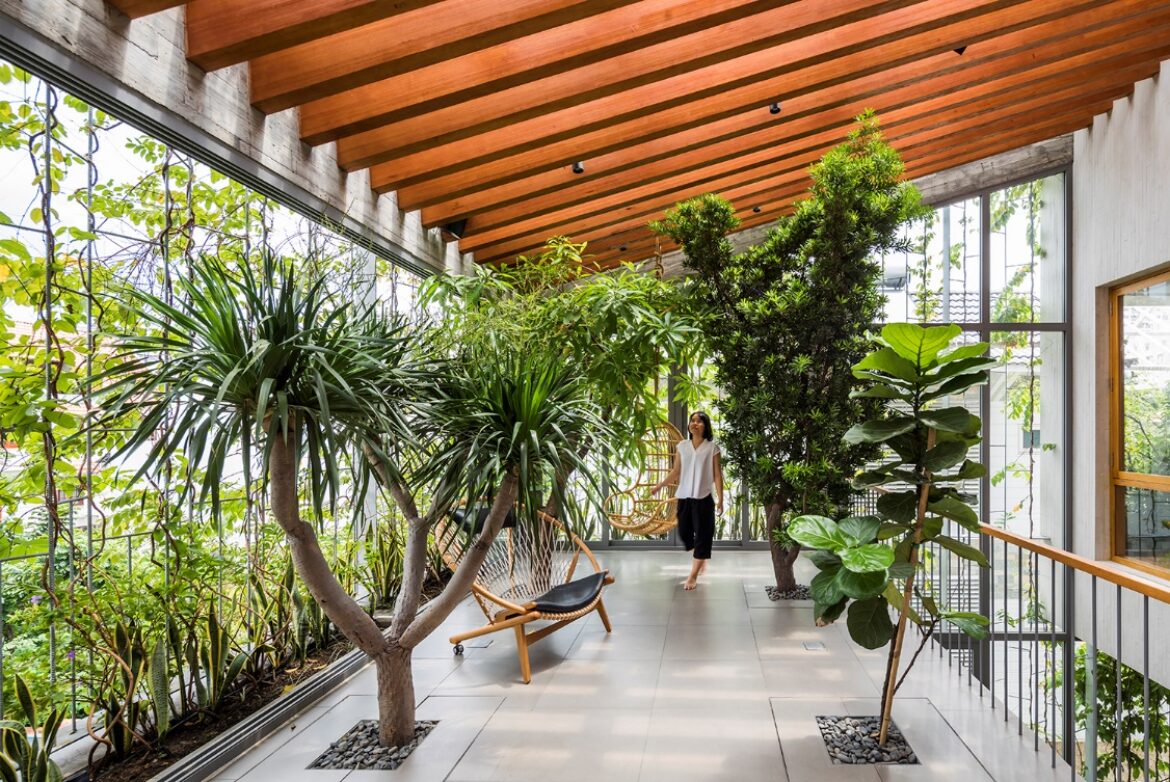
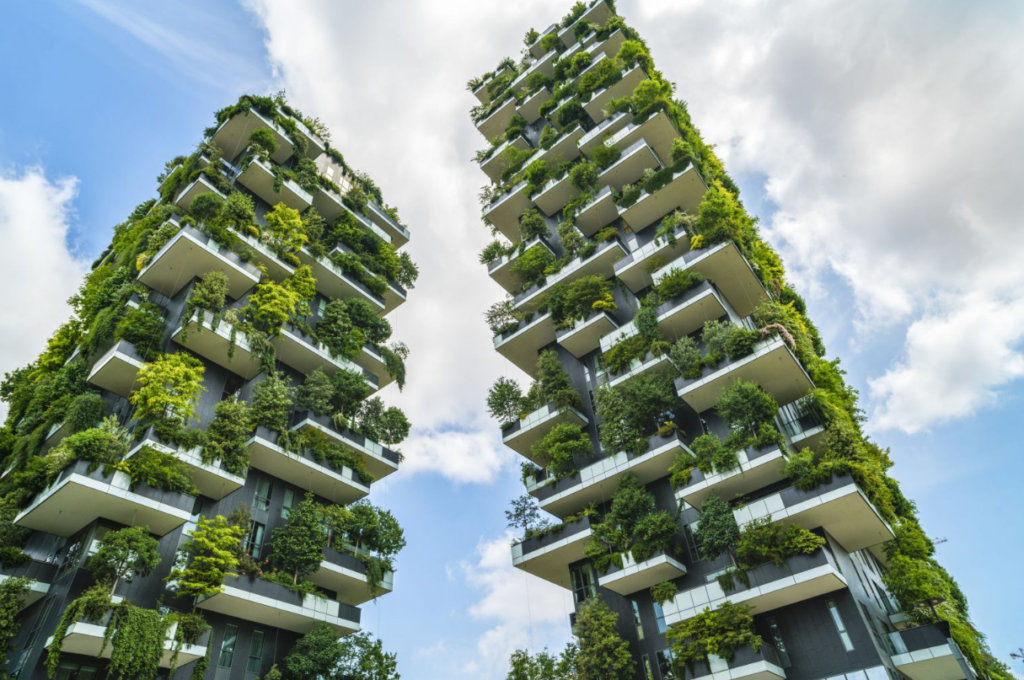
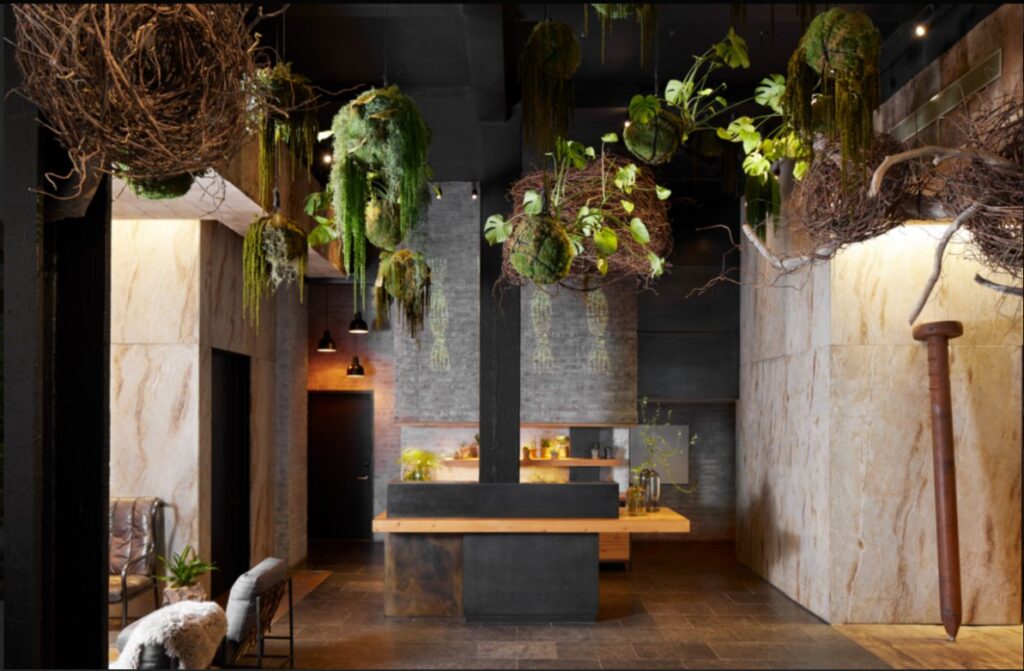
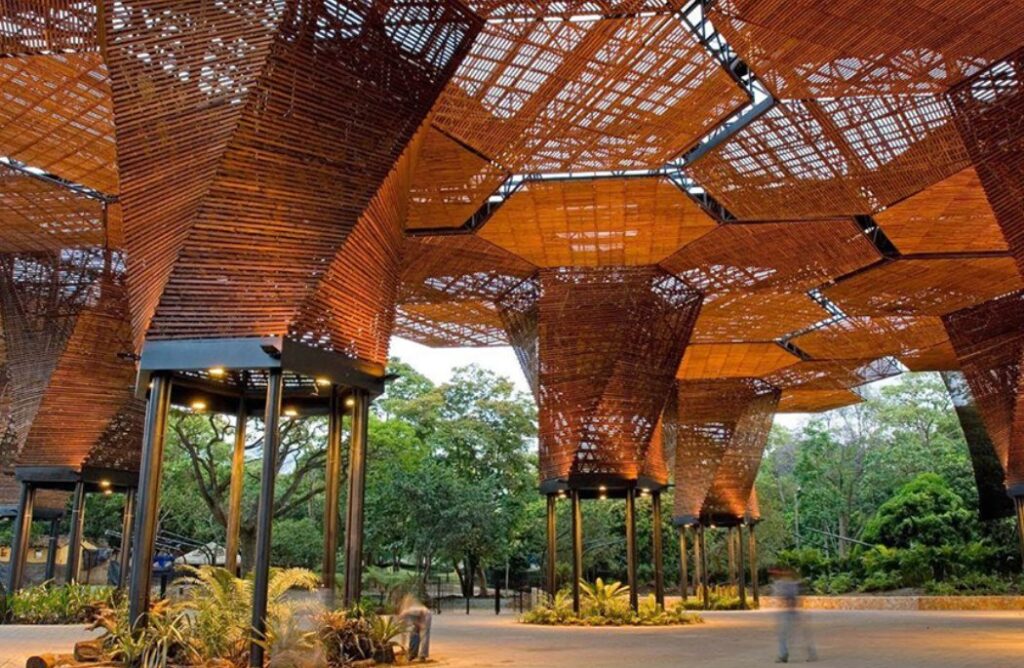
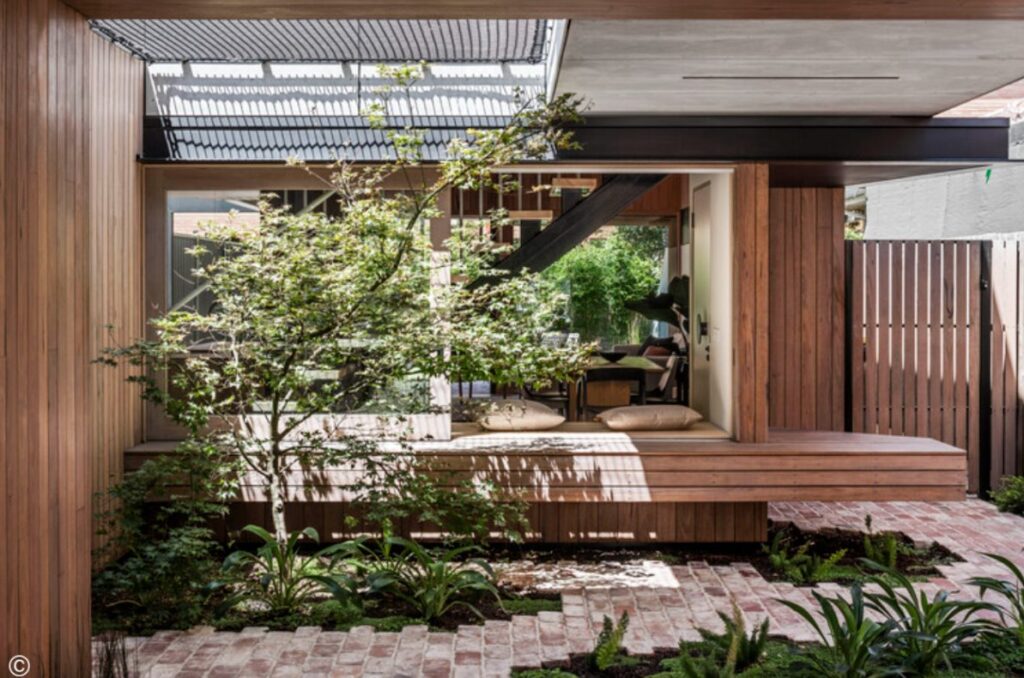

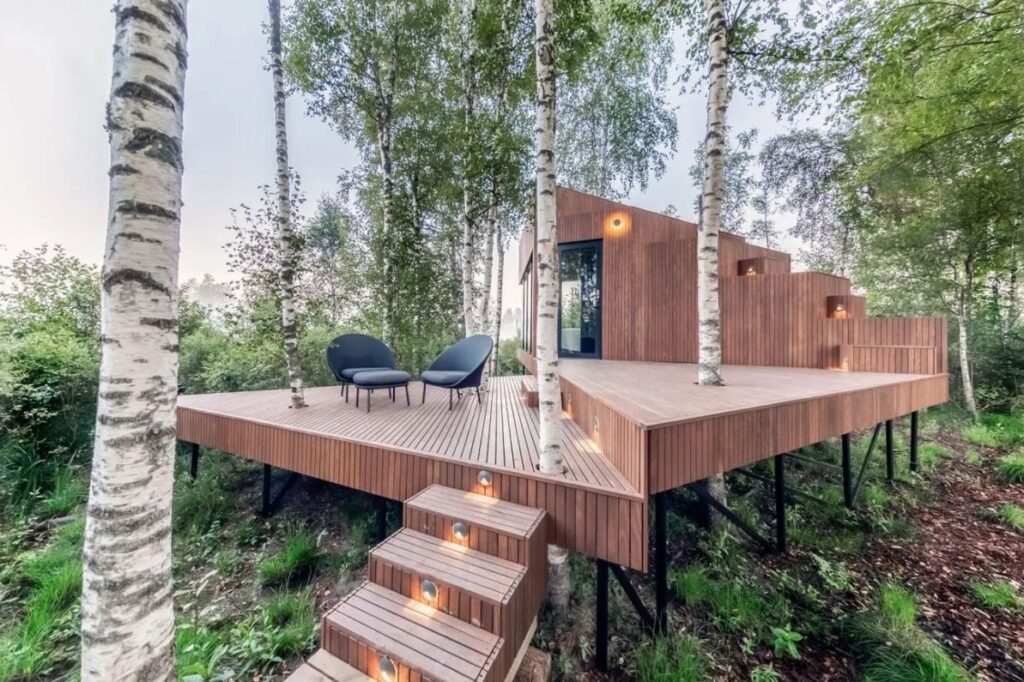

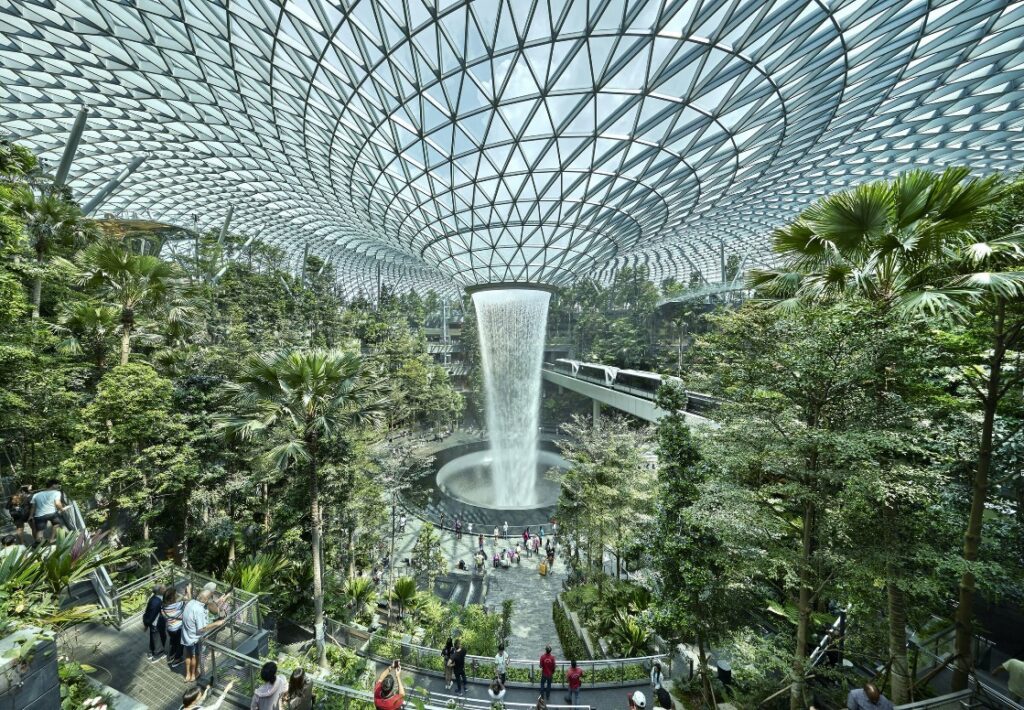
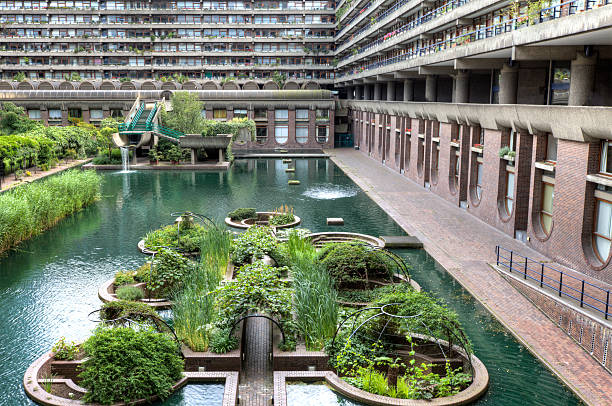

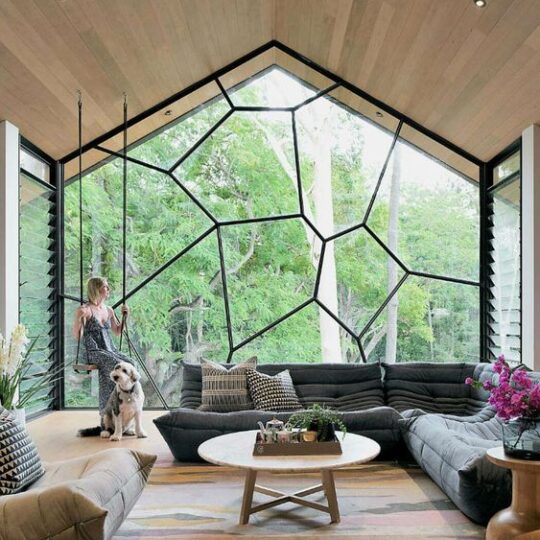
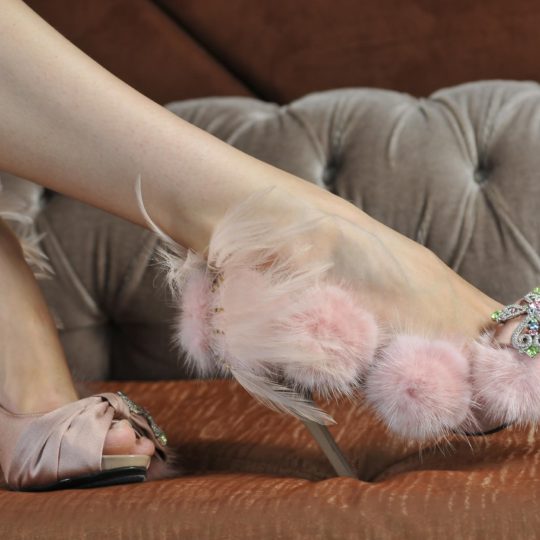
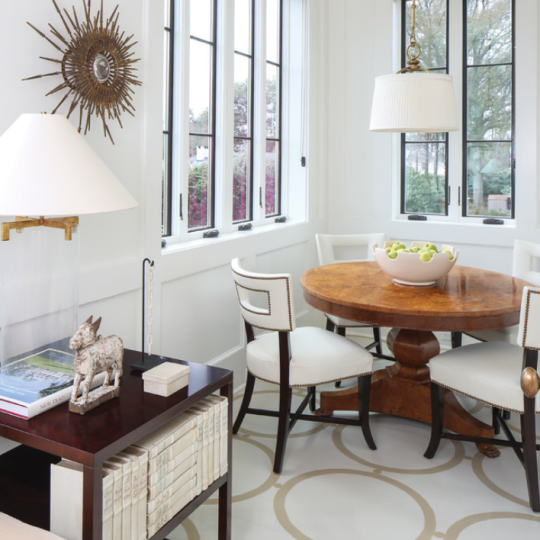





Sorry, the comment form is closed at this time.